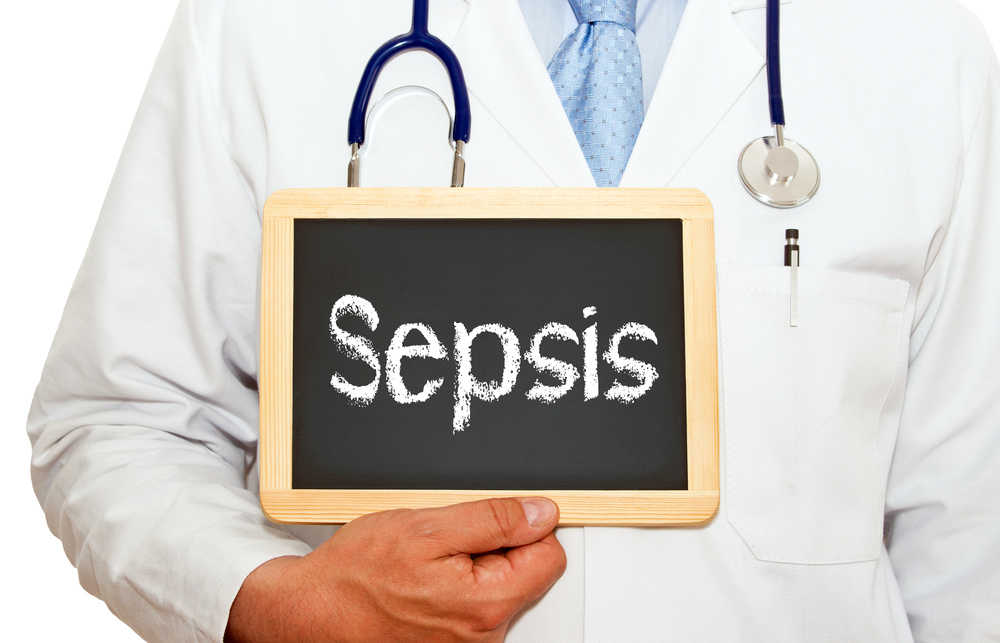Can education improve Sepsis source control & antimicrobial therapy?

EJRC Article Review
In severe sepsis and septic shock, timing and appropriateness of antimicrobial therapy (AT) and source control have been associated with good outcome in many retrospective studies. Thus, guidelines recommend providing antibiotics in the first hour and source control in 6 to 12 hours despite the lack of randomised trials confirming this association. Unfortunately, compliance to these guidelines have been shown to be low [1].
In this prospective cluster-randomised trial, F. Bloos et al. wanted to confirm that shortening the time to initiation of AT improves patient survival [2] and they also wanted to evaluate the potential benefit of a multifaceted educational programme on improving compliance to guidelines. Thus, 44 German hospitals were randomised, stratified on their timing of AT observed in a pre-study [3], with a ratio 1:1 to either a control group or an interventional group. In the interventional group, a multifaceted educational programme was implemented (including inter-professional local quality improvement teams, educational outreach, audit, feedback, as well as passive and active reminders). During a two year period, all consecutive patients with proven or suspected infection and acute onset of infection-related organ dysfunction were included.
The primary endpoint, 28-day mortality, was 35.1% in the intervention group and 26.7% in the control group (p = 0.01). The intervention didn’t have any impact on time of empirical AT. In a hierarchical mixed model, age, SAPS II score, initial lactate levels, initial platelet count, inadequate empiric AT, acute renal failure, and number of organ dysfunctions were independent predictors of 28-day mortality. In this model, being treated in a hospital randomised in the interventional group wasn’t significantly associated with the primary endpoint. There was a significant increase of the risk of death of 2% per hour delay of empiric AT and 1% per hour delay of surgical source control, independent of the group assignment, when time to AT was added to the model.
This trial enhanced the impact of empirical AT and sepsis source control delay on mortality. However, the intervention established failed to improve timing of AT or AT de‑escalation. The discrepancy between calculated sample size with an overestimated expected mortality in the control group and the imbalance between groups at the end of the study with the dropout of four centres might explain this result. Large differences were also observed between groups with greater numbers of patients and more severe patients in the interventional group. Furthermore, the median time to initial antimicrobials was also already short compared to other studies.
Article review was prepared by Thomas Madelaine (Hospices Civils de Lyon, Hôpital Edouard Herriot, Service de Réanimation Médicale, Lyon, France) on behalf of the EJRC.
References
- Levy MM, Artigas A, Phillips GS, et al (2012) Outcomes of the Surviving Sepsis Campaign in intensive care units in the USA and Europe: a prospective cohort study. The Lancet Infectious Diseases 12:919–924. doi: 10.1016/S1473-3099(12)70239-6
- Bloos F, Rüddel H, Thomas-Rüddel D, et al (2017) Effect of a multifaceted educational intervention for anti-infectious measures on sepsis mortality: a cluster randomised trial. Intensive Care Med 43:1602–1612. doi: 10.1007/s00134-017-4782-4
- Bloos F, Thomas-Rüddel D, Rüddel H, et al (2014) Impact of compliance with infection management guidelines on outcome in patients with severe sepsis: a prospective observational multi-center study. Crit Care 18: R42. doi: 10.1186/cc13755